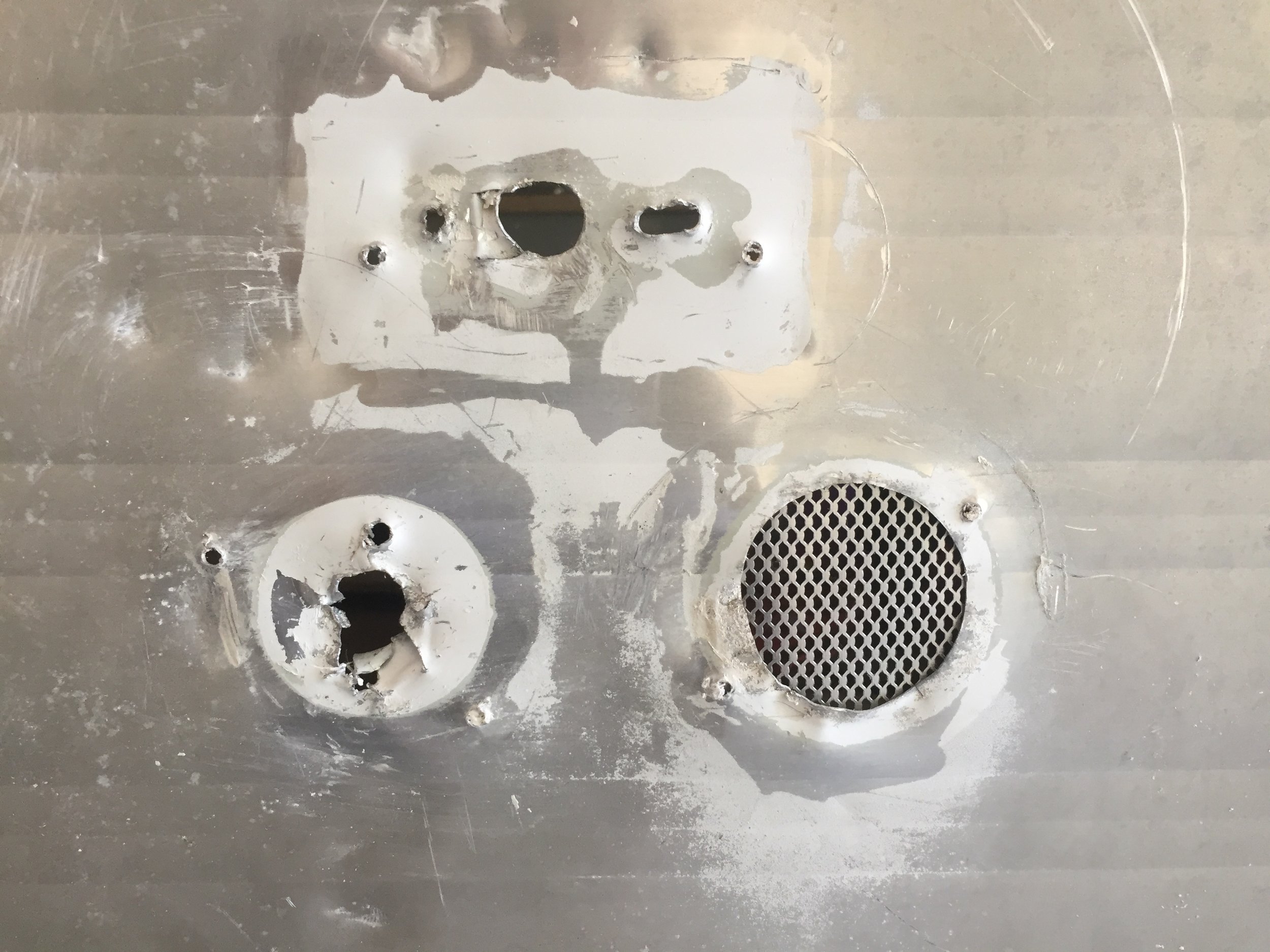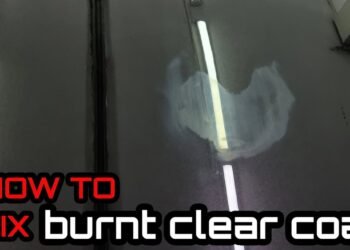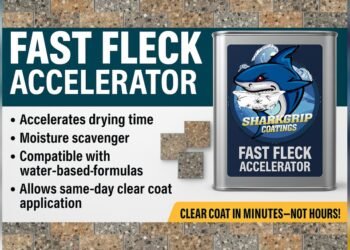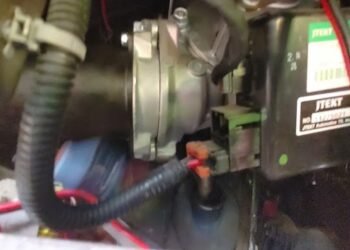Can you Bondo aluminum? If you’ve ever faced a dent or damage on your aluminum car panel, this question is probably on your mind.
Aluminum isn’t like steel—its unique properties mean you can’t just fix it the same way. But don’t worry, you’re not alone in this. Understanding how body fillers like Bondo work on aluminum can save you time, money, and frustration. You’ll discover the truth about using Bondo on aluminum, what special steps you need to take, and how to get a lasting repair that keeps your vehicle looking great.
Ready to learn the smart way to fix your aluminum panels? Keep reading to find out everything you need to know.

Credit: www.amazon.com
Bondo And Aluminum Basics
Preparing aluminum properly is crucial before applying Bondo. The surface must be clean and free of oils or dirt. This helps Bondo stick well and last longer. Skipping preparation can cause peeling or poor bonding. Follow key steps to get the best results when working with aluminum.
Cleaning And Surface Prep
Start by washing the aluminum with soap and water. Remove all grease, oil, and grime. Use a degreaser for stubborn spots. Rinse and dry the surface completely.
Next, sand the aluminum with coarse sandpaper (80-120 grit). This creates a rough texture for better adhesion. Wipe away dust with a clean cloth. Avoid using oily or wet rags.
Avoiding Contamination
Keep tools and surfaces free from dirt and grease. Use separate sanding tools for aluminum to prevent metal cross-contamination. Steel particles on aluminum can cause corrosion and bonding issues.
Wear clean gloves to avoid transferring skin oils. Do not touch the prepped surface with bare hands. Contamination weakens the bond between aluminum and Bondo.
Safety Precautions With Aluminum Dust
Aluminum dust is light and can become airborne easily. Avoid inhaling the dust by wearing a dust mask or respirator. Work in a well-ventilated area to reduce dust buildup.
Keep the workspace clean by wiping surfaces and vacuuming dust regularly. Aluminum dust can be flammable, so avoid sparks or open flames nearby. Always follow safety guidelines to protect yourself.

Credit: loneoakdesignco.com
Preparing Aluminum For Bondo
Selecting the correct body filler is crucial for aluminum repairs. Aluminum needs special care because it behaves differently than steel. Using the wrong filler can cause poor adhesion and damage over time.
Good fillers match the flexibility and strength of aluminum. They also resist corrosion and cracking. Understanding the types of fillers helps make the best choice for your project.
Standard Vs Aluminum Reinforced Fillers
Standard fillers work well on steel but often fail on aluminum. They lack the strength and bonding needed for aluminum surfaces. Aluminum reinforced fillers contain metal flakes that improve adhesion.
This reinforcement helps the filler blend with aluminum’s unique properties. It reduces cracking and shrinks less during curing. These fillers create a stronger, longer-lasting repair.
U-pol D Aluminium Reinforced Filler
U-POL D Aluminium Reinforced Filler is popular for aluminum repairs. It has aluminum flakes that increase bonding and durability. The filler sands easily and supports metallic finishes well.
This product is suitable for alloy wheels and body panels. It offers excellent corrosion resistance and works on different metals. Many professionals trust it for quality aluminum repair jobs.
Adhesion And Durability Factors
Good adhesion prevents filler from peeling or cracking over time. Surface preparation is key. Clean the aluminum thoroughly and remove all oxidation before applying filler.
Durability depends on the filler’s flexibility and strength. Aluminum expands and contracts with temperature changes. The filler must move with the metal to avoid failure.
Choose fillers designed for aluminum’s unique needs. This ensures repairs last and maintain a smooth finish.
Choosing The Right Body Filler
Repairing aluminum with Bondo requires careful steps to ensure a strong, smooth finish. Aluminum differs from steel in how it reacts to dents and fillers. This guide breaks down the key steps for repairing aluminum panels effectively. Follow each stage closely for the best results.
Dent Removal Techniques
Start by inspecting the dent carefully. Use a rubber mallet or a body hammer to gently tap the dent from behind. Avoid hitting too hard, as aluminum bends easily and can crack.
For larger dents, use a slide hammer or dent puller. Attach the tool to the dent and pull it out slowly. Work in small movements to avoid stretching the metal.
Once the dent is mostly removed, clean the area with a degreaser. This removes oils and dirt that can stop fillers from sticking properly.
Applying Bondo To Aluminum
Mix the Bondo filler and hardener in the correct ratio. Mix only what you can use in a few minutes to avoid hardening before application.
Apply a thin layer of Bondo over the dent. Press firmly to fill any gaps and irregularities. Spread the filler evenly with a plastic spreader.
Let the filler cure completely. This usually takes about 20 to 30 minutes. Do not rush this step, as sanding too early can ruin the repair.
Sanding And Finishing Tips
Start sanding with coarse sandpaper (80-grit) to shape the filler. Use long, smooth strokes to blend the filler into the aluminum.
Switch to finer sandpaper (180-grit to 320-grit) to smooth the surface. Sand until the area feels even and matches the surrounding metal.
Clean the dust off with a damp cloth. Apply a primer suitable for aluminum to seal the area. This protects the repair and improves paint adhesion.

Credit: www.reddit.com
Step-by-step Aluminum Repair
Repairing aluminum with Bondo requires more than just the filler itself. Specialized tools and equipment make the job effective and safe. Aluminum’s unique traits need careful handling and the right gear. Using the correct tools prevents damage and ensures a smooth repair.
Separate Tool Sets For Aluminum
Tools used on steel must not touch aluminum. Steel bits or blades can cause corrosion on aluminum surfaces. Separate tool sets prevent cross-contamination and protect the metal. Using dedicated tools improves the repair quality and extends tool life.
Dent Pulling Equipment
Aluminum dents need gentle but firm pulling methods. Standard dent pullers can be too harsh and cause more damage. Specialized dent pulling tools apply controlled pressure. These tools shape aluminum without cracking or warping the metal.
Welding And Bonding Tools
Aluminum welding requires precise equipment like TIG welders. These tools control heat to avoid burning the metal. Bonding tools include special adhesives designed for aluminum’s surface. Proper welding and bonding ensure strong, lasting repairs on aluminum panels.
Specialized Tools And Equipment
Repairing aluminum can be tricky. Many people make simple errors that cause more damage. Knowing common mistakes helps you avoid problems and get better results. Below are some key errors to watch for when fixing aluminum with Bondo or other fillers.
Using Steel Tools On Aluminum
Steel tools can scratch aluminum easily. These scratches can cause rust and weaken the metal. Steel shavings left on aluminum cause a chemical reaction called galvanic corrosion. This reaction damages the aluminum over time. Use only tools made for aluminum or non-metallic tools to prevent this.
Skipping Surface Prep
Proper surface preparation is essential before applying Bondo on aluminum. Dirt, grease, or oxidation stop the filler from sticking well. Skipping sanding or cleaning leads to peeling or cracking later. Always sand the area lightly and clean it with a degreaser before applying filler for best results.
Ignoring Corrosion Risks
Aluminum corrodes differently than steel. It forms a white powdery layer instead of rust. This corrosion weakens the metal under the filler. Ignoring corrosion can cause the repair to fail fast. Treat the area with anti-corrosion products and keep it dry to extend the repair life.
Frequently Asked Questions
How To Prep Aluminum For Body Fillers?
Clean the aluminum surface thoroughly to remove dirt and grease. Sand it with 80-120 grit sandpaper for better adhesion. Apply a suitable aluminum-reinforced body filler. Ensure the surface is dry and free of contaminants before application. Follow with proper curing and sanding steps.
What Body Filler Is Used For Aluminium Repair?
U-POL D Aluminium Reinforced Body Filler is commonly used for aluminum repair. It contains aluminum flakes for strong adhesion on metal surfaces. This polyester filler suits aluminum panels, alloy wheels, and restorations, providing a durable, metallic finish ideal for auto body repairs.
What Fillers Can Be Used On Aluminium?
Aluminum repair uses polyester fillers with aluminum flakes, like U-POL D Aluminium Reinforced Body Filler. These ensure strong adhesion and a metallic finish.
Can Aluminum Body Panels Be Repaired?
Yes, aluminum body panels can be repaired using specialized tools and techniques like TIG welding, riveting, bonding, and dent removal.
Can You Use Bondo On Aluminum Surfaces?
Yes, Bondo can be used on aluminum, but proper surface prep is essential for good adhesion and durability.
Conclusion
Bondo can be used on aluminum, but with care and preparation. Clean and sand the surface well before applying filler. Use aluminum-specific body filler for best results. Avoid mixing steel tools to prevent corrosion. Remember, aluminum repairs need patience and the right materials.
Proper steps help achieve a smooth, lasting finish. This makes aluminum repair doable for many DIYers and pros alike.

















